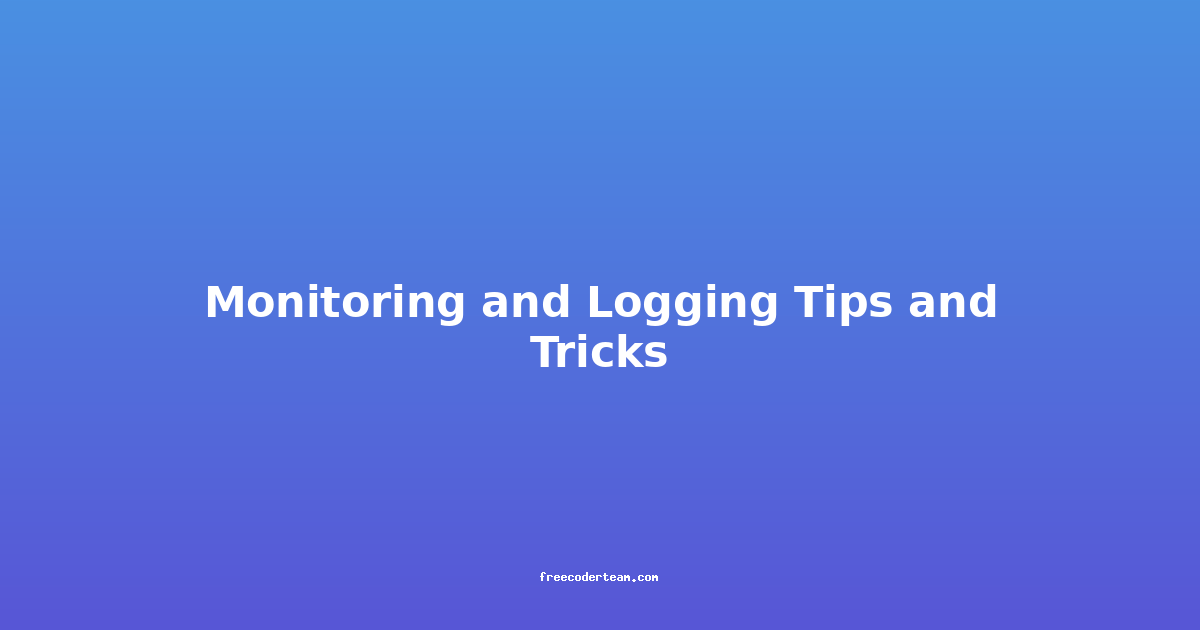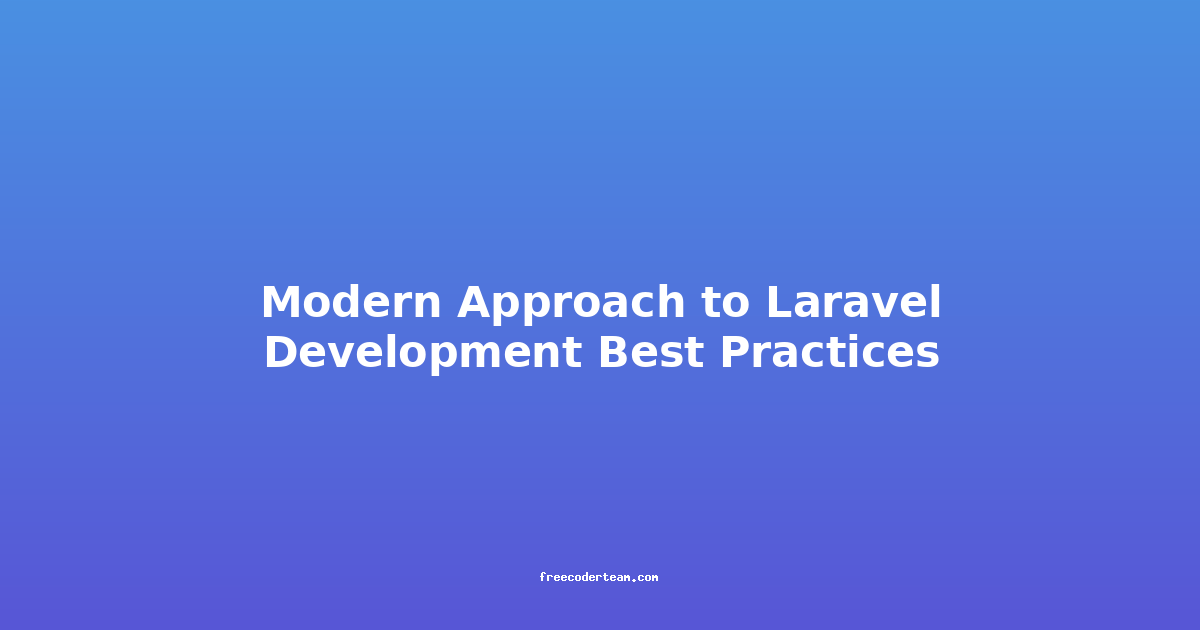Infrastructure as Code: Made Simple
The world of IT infrastructure is evolving rapidly. Gone are the days of manual configuration and tedious scripting. Enter Infrastructure as Code (IaC), a revolutionary approach that treats your infrastructure like any other software, allowing you to define it in code and manage it with automated tools.
This blog post demystifies IaC, providing a clear understanding of its benefits, core concepts, popular tools, and best practices to help you embark on your IaC journey.
What is Infrastructure as Code?
At its core, IaC is the practice of managing and provisioning your IT infrastructure through code. Instead of manually configuring servers, networks, databases, and other resources, you define them in a declarative manner using code.
Think of it like a blueprint for your infrastructure. Just as an architect uses blueprints to design a building, you use IaC code to define your desired infrastructure state. This code can then be executed by specialized tools to automate the provisioning and configuration of your infrastructure.
Why Embrace IaC?
The benefits of IaC are numerous and compelling:
-
Improved Consistency and Repeatability: IaC ensures that your infrastructure is provisioned in a consistent manner every time, eliminating manual errors and inconsistencies.
-
Increased Efficiency and Speed: Automation eliminates the time-consuming manual tasks associated with infrastructure management, freeing up your team to focus on more strategic initiatives.
-
Enhanced Collaboration: IaC code is version-controlled, allowing for better collaboration and tracking of changes.
-
Reduced Risk: IaC enables you to test and validate infrastructure changes in a safe environment before deploying them to production, minimizing the risk of downtime or unexpected issues.
-
Improved Governance and Compliance: IaC provides a centralized view of your infrastructure, making it easier to track and manage compliance requirements.
Core Concepts of IaC
Understanding the key concepts of IaC is crucial for effective implementation:
-
Declarative Approach: IaC focuses on defining the desired state of your infrastructure rather than specifying the steps to achieve it. The IaC tool then determines the necessary actions to reach that state.
-
Infrastructure as a Resource: In IaC, all infrastructure components are treated as resources, such as servers, networks, databases, and storage. These resources are defined as code objects with specific properties and configurations.
-
Version Control: IaC code is version-controlled, allowing you to track changes, revert to previous versions, and collaborate effectively.
-
State Management: IaC tools often use a state management system to track the current state of your infrastructure. This allows them to efficiently apply changes and avoid unintended modifications.
Popular IaC Tools
There are various IaC tools available, each with its own strengths and use cases:
-
Terraform: A popular open-source tool from HashiCorp that supports multiple cloud platforms and infrastructure providers. Terraform's declarative syntax and robust ecosystem make it a versatile choice.
-
Ansible: An agentless configuration management tool known for its simplicity and ease of use. Ansible excels at automating configuration tasks and managing systems.
-
CloudFormation: Amazon Web Services' native IaC service. CloudFormation allows you to define your AWS infrastructure using templates, making it a natural choice for AWS environments.
-
Azure Resource Manager (ARM): Microsoft Azure's IaC service, enabling you to define and manage Azure resources using templates.
-
Pulumi: A modern IaC tool that supports multiple programming languages (Python, Go, JavaScript, TypeScript). Pulumi offers flexibility and allows you to leverage your existing programming skills.
Best Practices for IaC
Implementing IaC effectively requires adherence to best practices:
- Start Small: Begin with a simple project to understand the fundamentals before tackling complex infrastructures.
- Modularize Your Code: Break down your infrastructure into reusable modules for better organization and maintainability.
- Use Version Control: Always version-control your IaC code to track changes, collaborate effectively, and enable rollbacks.
- Implement Testing: Automate tests for your IaC code to ensure that your infrastructure configurations are accurate and function as expected.
- Document Thoroughly: Document your IaC code and infrastructure designs to improve understanding and maintainability.
- Implement Security Best Practices: Secure your IaC code and infrastructure by following security best practices, such as using least privilege permissions and encryption.
Example: Provisioning a Web Server with Terraform
Let's illustrate IaC with a simple example using Terraform to provision a web server on AWS:
resource "aws_instance" "web_server" {
ami = "ami-0c50b7889517b4a07" # Replace with your desired AMI ID
instance_type = "t2.micro"
tags = {
Name = "My Web Server"
}
}
output "public_ip" {
value = aws_instance.web_server.public_ip
}
This Terraform code defines a single resource, an AWS EC2 instance named "web_server."
resource "aws_instance" "web_server": Declares an AWS EC2 instance resource.ami = "ami-0c50b7889517b4a07": Specifies the Amazon Machine Image (AMI) to use for the instance.instance_type = "t2.micro": Defines the instance type (a small, cost-effective type).tags = { Name = "My Web Server" }: Adds tags for organization and identification.output "public_ip": Defines an output variable to display the public IP address of the created instance.
To provision the web server, you would run terraform apply. Terraform would then create the necessary resources on AWS and output the public IP address.
Conclusion
Infrastructure as Code is a powerful paradigm shift in IT infrastructure management. By embracing IaC, you can streamline your workflows, improve consistency, enhance collaboration, and reduce risk.
Whether you're a seasoned IT professional or just starting your IaC journey, the principles and practices outlined in this blog post will provide a solid foundation for success. Start exploring the available tools, experiment with small projects, and gradually incorporate IaC into your infrastructure management strategy.




